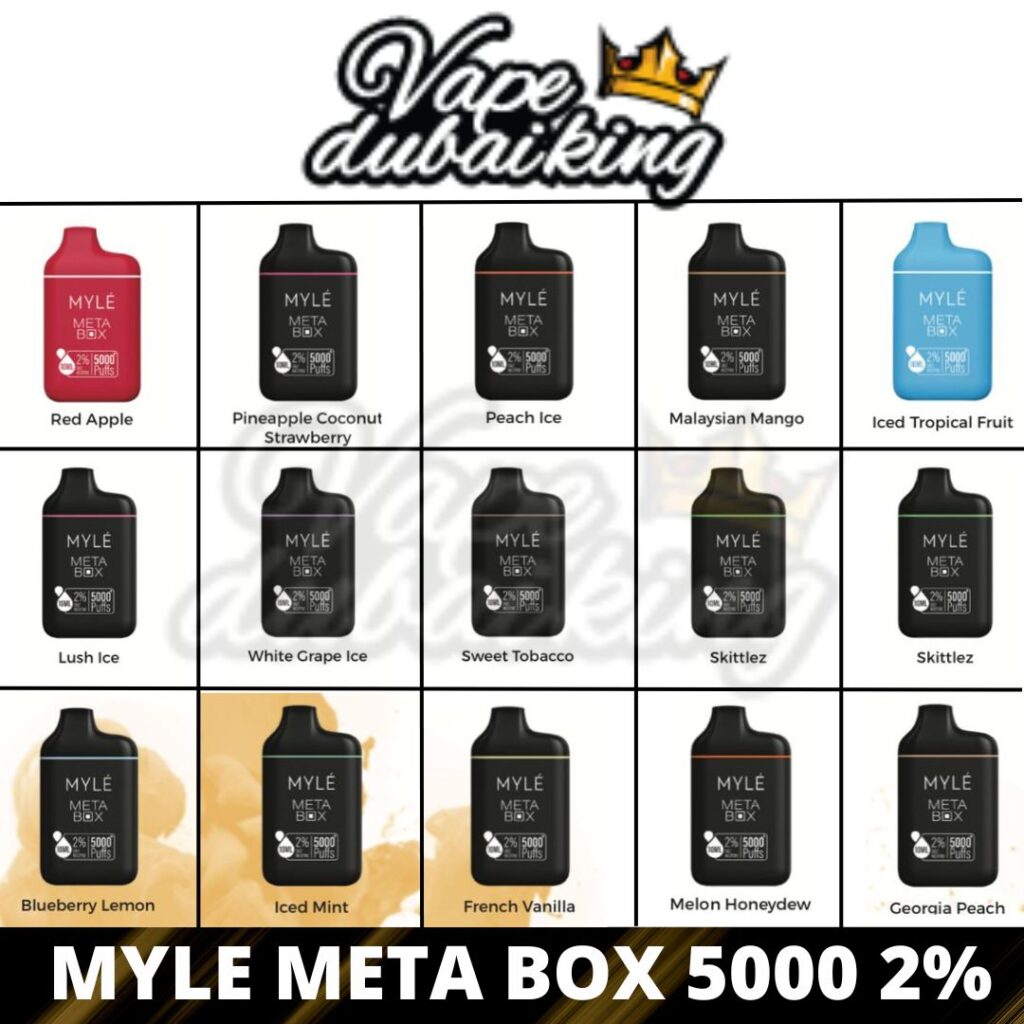blog
The Important Aspects of Where Nicotine Comes From
Introduction
Your worry about what you put into your body while smoking was one of the main factors in your decision to switch to vaping. You started vaping to satisfy your nicotine craving in a method that was equally satisfying as smoking but without breathing in smoke.
That being said, it seems unlikely that you stopped smoking after discovering a more healthful option. Perhaps you looked up the components of vape juice to find out more about what you were inhaling.
Now that you have more knowledge about vaping, you’re interested in learning more about the amount of nicotine in e-liquids such as the myle 5000 puffs and ghost pro 3500 puffs
What is Nicotine?
Let’s start by giving a brief overview of nicotine. As you undoubtedly know, tobacco leaves have a high concentration of the molecule known as nicotine. Its composition is nitrogen, hydrogen, and carbon.
Although its stimulant and mood-improving qualities are well-established, its addictive qualities are much more so. It’s possible that Native American societies smoked tobacco more than 12,000 years ago, according to archaeological findings.
The Americas are the native home of the tobacco plant, and they have been for a large part of human history. Contrarily, vaping has only become widely accepted in recent years.

Where Is the Source of Nicotine Salt?
You may already be aware that the majority of bottled e-liquids available on the market include nicotine in the freebase form. Up until the middle of the 2010s, all vape juice contained freebase nicotine.
You know that was required since nicotine is extracted from tobacco using alkaline solvents. Freebase nicotine is a byproduct of the extraction process that can be used by manufacturers of e-liquids.
To solve the main problem with e-liquid at the time—strong vape juice had a tendency to irritate the throat—nicotine salt e-liquid was developed in the middle of the previous ten years.
New users usually choose to use smaller devices, such as disposable vapes, and to get the desired level of enjoyment from a small vaping device, an e-liquid with a high nicotine concentration is required.
Since freebase nicotine irritates the throat, it might be challenging to add the right amount of nicotine to a tiny vaping device. Before nicotine salt e-liquid was developed, this issue made it difficult for some smokers to convert to vaping.
Because nicotine salt is less alkaline than freebase nicotine, it is smooth and doesn’t irritate the throat, even at high nicotine concentrations.
The procedure of creating nicotine salt e-liquid is easy. Freebase e-liquid with a small amount of acid added to reduce the pH is what nicotine salt vape juice is. Nicotine transitions from a freebase to a salt as the pH changes.
Does Your E-Liquid Contains Any Kind of Nicotine?
You’ll know more about the source of nicotine in e-liquid after reading this article. Despite the tiny levels of nicotine in these meals, it’s intriguing to know that there are other unexpected sources of nicotine in everyday foods.
You may not have realized, though, that there are four different kinds of nicotine that may be found in e-liquid. These four groupings include:
- nicotine produced from tobacco as freebase
- nicotine salt produced by smoking
- artificial nicotine salt as a freebase replacement
The primary idea!
If you’ve never given the process of making nicotine any thought, you might be interested in knowing what kind of nicotine is in your e-liquid. Just read the label to find out what’s in your Myle 5000 puffs and Ghost Pro 3500 puffs Thus, the response to it isn’t all that difficult.
